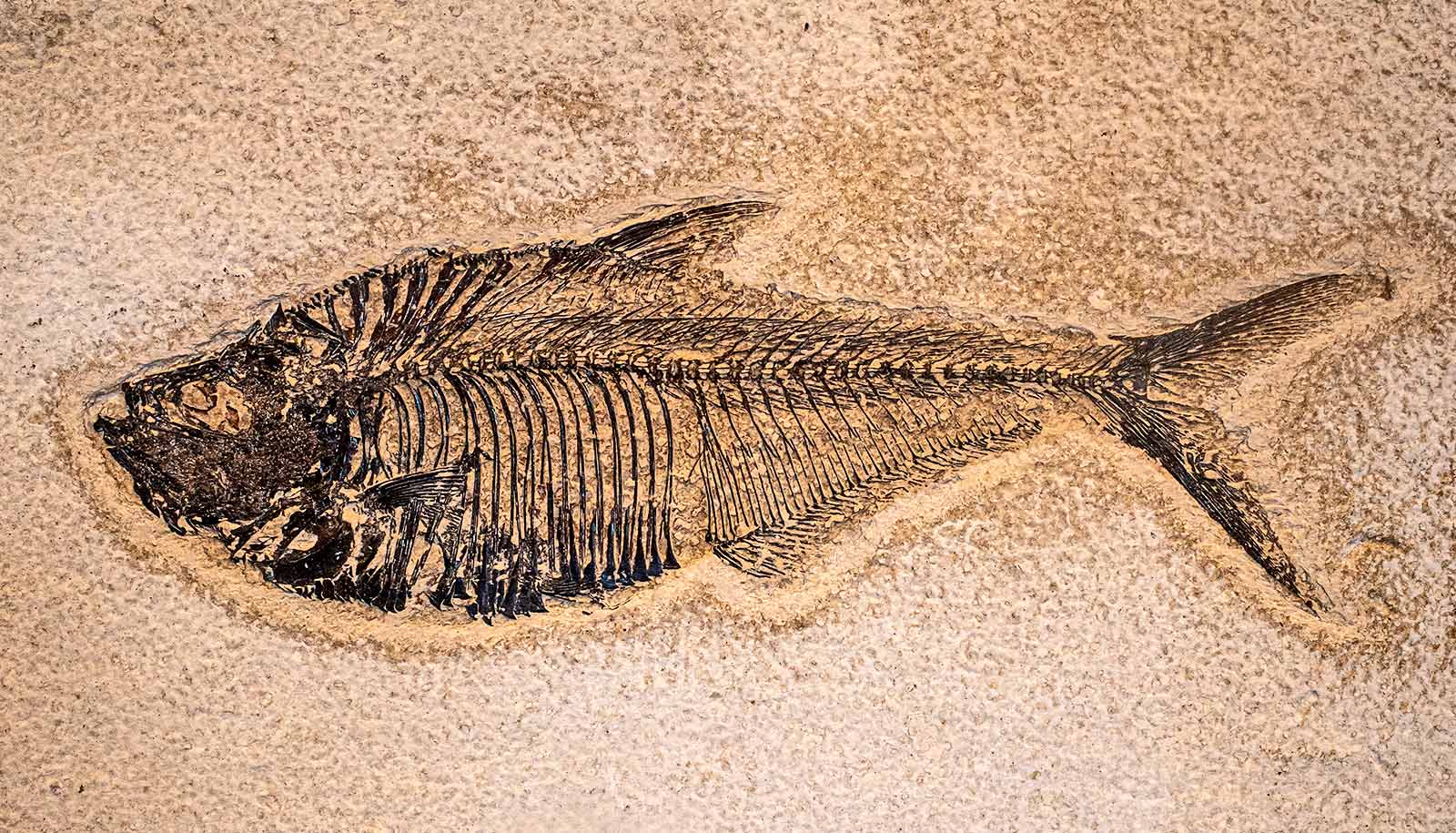I could step back to the founding of the Laboratory of Tree-Ring Research. A. E. Douglass, the lab’s founder, invented the technique of “crossdating.” As climate varies from year to year, it induces synchronous growth patterns among all the trees of a given species and location.
For example, in the Southwest, where rainfall strongly affects growth, trees form a wide ring during wet years and a narrow ring in dry years. As climate varies from year to year, it leads to the formation of a time-specific synchronous barcode of growth among trees.
Crossdating is the process of matching those growth barcodes. It ensures that the calendar year of every ring is correctly identified, as sometimes trees don’t form a ring the whole way around their circumference. If you sample the tree at a place where it didn’t form a ring, you wouldn’t know if you just did simple ring counts. But by sampling a whole bunch of trees and comparing the growth patterns, you’d immediately know if the ring was missed.
The foundational idea behind bringing tree-ring techniques to the marine system is understanding if we can crossdate these fish to build chronologies going back multiple decades; integrate chronologies across different fish species; and compare chronologies with environmental data like ocean temperature and salinity to tell us how fish respond to climate variability in the world’s oceans.
With these fish otoliths, we have a shortcut to develop exactly dated, well-replicated histories of fish growth in marine systems and study how it relates to variability in climate. It can also help disentangle the effects of humans on marine systems.
Author Profile
- "Center" Bias Rating
- Futurity is a nonprofit website that aggregates news articles about scientific research conducted at prominent universities in the United States, the United Kingdom, Canada, Europe, Asia, and Australia. It is hosted and edited by the University of Rochester.
Latest entries
 ScienceOctober 22, 20241 AirBnB tweak could help slow rising home prices
ScienceOctober 22, 20241 AirBnB tweak could help slow rising home prices ScienceOctober 21, 2024What’s behind the rise in ADHD diagnoses?
ScienceOctober 21, 2024What’s behind the rise in ADHD diagnoses? ScienceOctober 21, 2024Students learn better writing by hand
ScienceOctober 21, 2024Students learn better writing by hand ScienceOctober 20, 20241 genetic mutation ups chance of having a daughter
ScienceOctober 20, 20241 genetic mutation ups chance of having a daughter

